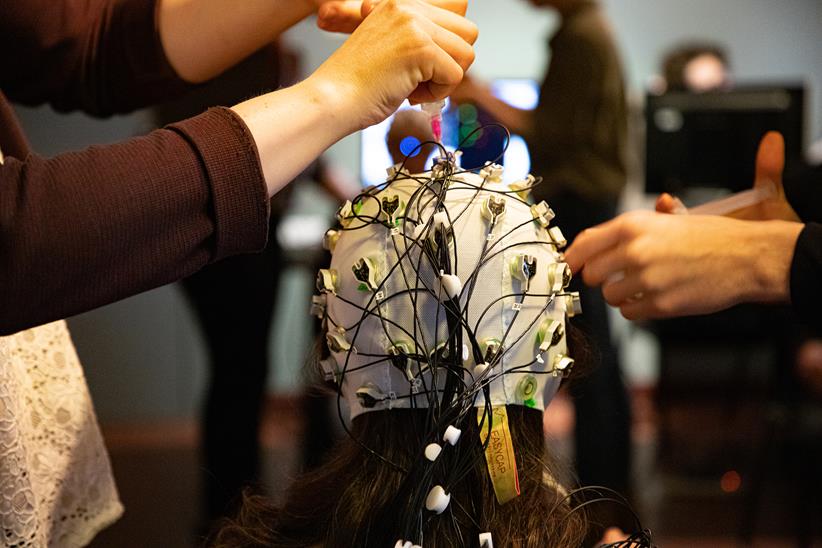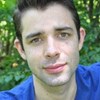High Tech and High Cs
21st-century technology creates new paths for the art form.
Opéra de Montréal recently got into the heads of its audience—literally. A large number of first-time attendees at its performances never returned, the company observed—some preferring the Met’s HD screenings. So it joined forces this May with Tech3Lab, a local research laboratory that specializes in user experience (UX), to study the differences in people’s sensory responses to live and electronically transmitted opera.

Companies are discovering that cutting-edge technology offers insights that can advance the field as a whole. San Diego Opera in July staged an “Opera Hack,” bringing together composers, librettists and designers with local high-tech professionals for two days of brainstorming. Opéra de Montréal will present the results of its sensory-response study at a “Hackathon” next spring. Both the “Opera Hack” and the “Hackathon” are supported by OA Innovation Grants.
The Montreal experiment, led by Jared Boasen, a Tech3Lab postdoctoral fellow, followed two sets of audience members as they watched Opéra de Montréal’s Carmen: one group during the dress rehearsal and five performances at Salle Wilfrid-Pelletier, the other via a live simulcast at Tech3Lab’s laboratory. Participants in both groups wore electrode caps to measure their brain activity using electroencephalography. Meanwhile, sensors measured physiological responses to the opera: physical arousal (through changes in sweat gland activity and heart rate), attentiveness (by tracking eye movements and pupil dilation) and physical-emotional state (by monitoring facial muscle movement). The goal of the study is to use qualitative research to improve the in-house experience, increase the audience return rate and contribute scientific research about audience engagement to the opera industry as a whole. “The question is, how do we move from a company that puts on and sells operas, to a company that you want to be in a relationship with?” says Patrick Corrigan, Opéra de Montréal’s general director.
The endeavor is part of a trend in opera toward replacing time-honored, seat-of-the-pants thinking with the kind of hard data that’s standard operating procedure in the for-profit realm. “Without this Innovation Grant, I know we would have tried to deal with these questions in the way that we have for the longest time in this business: You move forward with your instinctive knowledge and try to manage it as practically as you can,” says Corrigan. “Meanwhile, all your competitors in the entertainment field are handing you your ass, because they have access to all kinds of data. This project has opened us up to establishing a real authentic research function at our company.”
The Montreal Hackathon will also present marketing results from Opéra de Montréal’s other high-tech collaborations; for instance, a project undertaken with CGI, an international IT firm based in Montreal, seeking to measure audience engagement levels. San Diego’s Opera Hack, meanwhile, was more broadly focused. The strategy, according to David Bennett, SDO’s general director: “You put smart people in a room, with the constraint of time, and you see what comes out the other end.”
Opera Hack yielded three disparate winning projects. Hamsafar is an augmented/ virtual reality opera that will incorporate haptic feedback, allowing audience members to feel the music tactilely. OperaMap will create a virtual reality space allowing long-distance collaborations between companies and designers. And Open Show Bible will allow the creation of interactive visual “show bibles,” sharable among all production personnel, that will replace the traditional hard-copy notation of stage-management cues.
“Our goal is to create a conversation about how new technology can advance different areas of the opera industry,” Bennett says.
This article was published in the Fall 2019 issue of Opera America Magazine.

Steven Jude Tietjen
Steven Jude Tietjen is a writer and translator living and working in New York City. His work has appeared in Opera News and Edible Manhattan, and at the Miss Manhattan Reading Series.




